Wondering what to do in Yanaka Tokyo? Yanaka is Tokyo’s most walkable neighborhood, filled with temples, retro shops, artisan cafés, and quiet charm. A must-visit for culture and history lovers.
Here, you’ll find retro alleys and French cuisine, art galleries in bathhouses, and foreigners soaking in local culture like it’s second nature. Somehow, all these opposites sit side by side in harmony.
Maybe that’s the magic of Yanaka. Even if it’s your first time, you’ll feel like you’ve been here before. Nostalgia without memory. Old Tokyo without the clichés. And a walk that somehow becomes a story.
Table of Contents
Tokyo’s Ultimate Walking Heaven: Exploring the Charm of Yanaka, Nezu, and Sendagi (Yanesen)

Ever been asked, “So, where exactly is Yanesen?” A safe answer would be: around JR Nippori Station, Nishi-Nippori Station, and Sendagi and Nezu Stations on the Tokyo Metro Chiyoda Line. If you circle these four, you’ve basically got it covered. But the true appeal? You won’t get it until you start walking.
From the west exit of JR Nippori Station, you’ll see folks casually strolling even on a weekday afternoon. Follow the gentle flow of pedestrians, and suddenly you’ll face a flight of stairs called Yuyake Dandan (Sunset Stairs). Descend those and you’re dropped right into Yanaka Ginza, a lively, retro shopping street brimming with old-school Tokyo charm.
Keep walking and you’ll pass through Yomise-dori street and the winding Hebi-michi (Snake Road) in Sendagi—a never-ending trail of people, snacks, and nostalgic scenes.
If instead of heading straight, you turn before Yuyake Dandan, you’ll discover quiet little lanes leading to Suwa Shrine. Turn left, and you’ll find yourself near the Asakura Museum of Sculpture, then wander into a peaceful temple town filled with Kannon-ji, Zensho-an, and more. And just behind those? The leafy expanse of Yanaka Cemetery, a lush and unexpectedly tranquil space.
Further ahead, at the corner where you hit Kayaba Coffee, you can continue straight to Tokyo University of the Arts, or turn left and walk downhill toward Nezu Shrine, hidden just past Shinobazu Street. The point is—no matter which way you walk, it always turns into a wonderful stroll.
Suggested Walking Route: A Journey Through Retro Tokyo
Route:
JR Nippori Station → (4 mins) Asakura Museum of Sculpture → (4 mins) Yuyake Dandan → Yanaka Ginza → (14 mins) Former Yasuda Residence Garden → (4 mins) Sudo Park…
Retro Streets and Local Flavor: The Soul of Yanaka Tokyo

The name Yanaka Ginza probably comes to mind first when people think of this area. Step off Yuyake Dandan, and you enter a narrow street barely wide enough for two people to pass—lined with tiny shops that have stood the test of time.
There’s Goto no Ame, a candy shop from 1922. A bit further down, you’ll spot Ichifuji, a home-style deli; the famous croquettes of Niku no Suzuki; grilled skewers from Kobayashi; crispy tempura at Hatsuneya; and classic shoe or ceramic stores like Hamamatsuya. It’s like a page straight out of the Showa era.
At the end of Yanaka Ginza, you’ll hit Yomise-dori, a slightly wider street with quirky stops like Sanyo Shokuhin, a specialty shop for konjac (not tofu!).
This road was actually once a river called Aizomegawa, later covered and repurposed.
Temples, History, and the Magic of the Maze

A huge part of Yanaka’s charm lies in its temples—reportedly over 70 in the area. These historic buildings escaped damage during WWII, so they exude a peaceful, timeless atmosphere.
There’s the lush Genkyo-ji, associated with the poet Kobayashi Issa; Kyoou-ji, which still bears bullet marks from the Battle of Ueno; Kannon-ji with its beautiful long earthen wall; and the grinning Hotei statue at Shusei-in. For something unique, Zensho-an hosts a ghost painting exhibition every summer using the late rakugo master Encho Sanyutei’s collection.
And let’s not forget the Yanaka Seven Lucky Gods pilgrimage—said to be Tokyo’s oldest. Each temple has its own charm, and some statues are surprisingly joyful (the red paper-covered Niō at Tōkaku-ji is a must-see).
Outside of religious sites, the neighborhood is packed with historical architecture. There’s the Asakura Museum of Sculpture, housed in a Meiji-era home; the Shitamachi Museum Annex, once a liquor store from 1910; the Former Yasuda Residence Garden, built in 1919; the gorgeous Hantei (a kushiage restaurant in a Meiji-era townhouse); Kayaba Coffee, which still serves coffee in a Taisho-era house; and SCAI the Bathhouse, a contemporary art gallery in a repurposed sento (public bath).
Down-to-Earth and Uptown at the Same Time
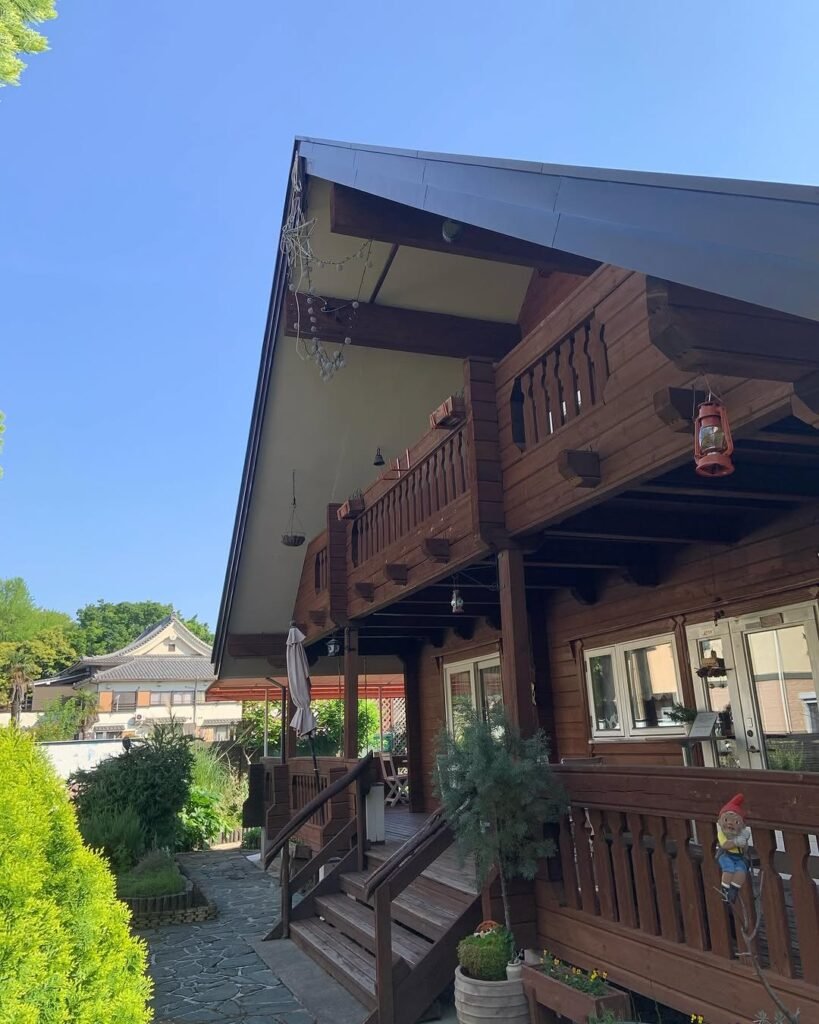
So what makes Yanesen so addictive? It’s not just retro charm—it’s the perfect blend of low-key and upper-class.
Historically, this hilltop area was a resort zone for the wealthy during the Meiji and Taisho periods, technically making it part of Tokyo’s Yamanote (upper city). So even though it’s known for down-home vibes, its roots are distinctly refined.
And look around: you’ll notice plenty of foreign residents and travelers. Some stay at traditional inns or guesthouses, while others end up living here after falling in love with the peaceful streets and vintage buildings. It’s not even surprising to see foreigners in yukata walking around with wooden bath buckets. There’s even a quirky Swiss log-house restaurant called Chalet Suisse Mini, just in case you thought it couldn’t get any more eclectic.
A Pioneer of Renovation Culture and Café Life
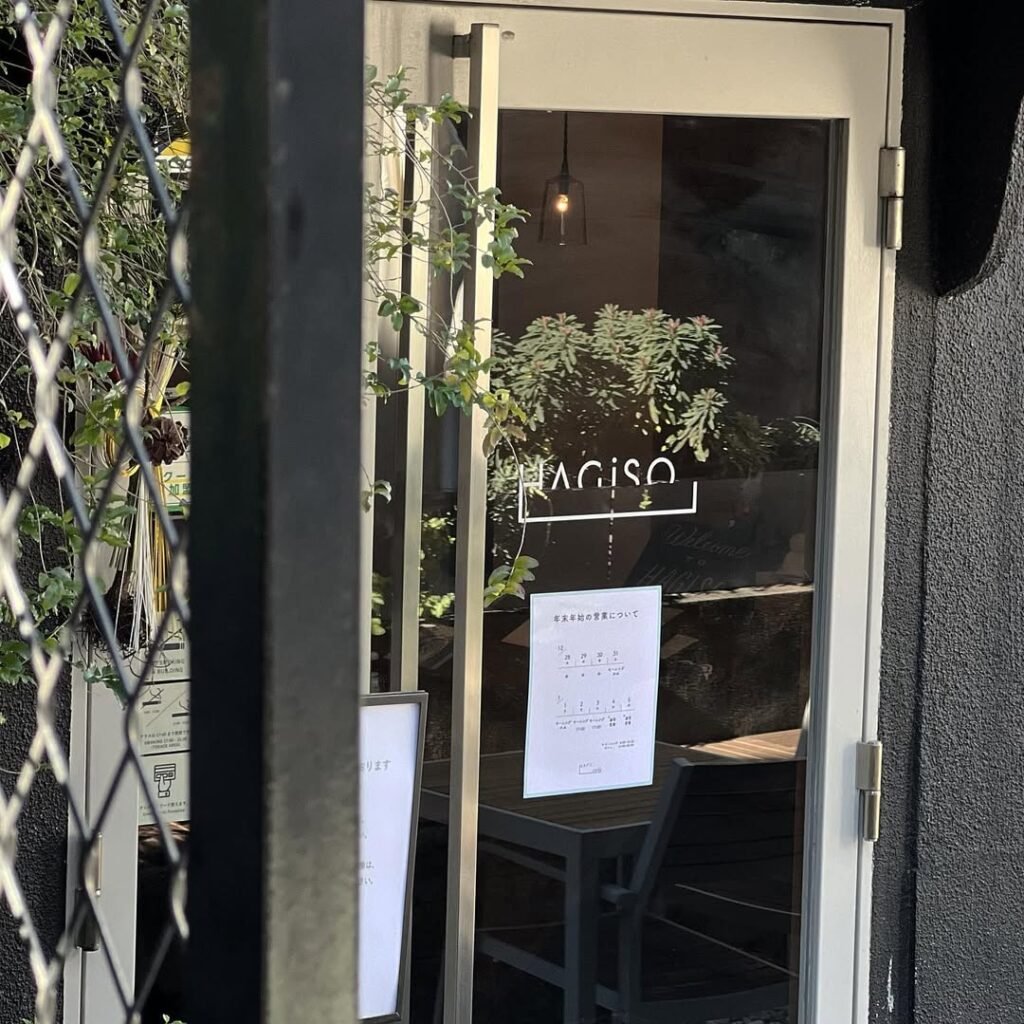
Yanesen is also at the heart of the renovation boom. Stylish new spots like HAGISO, a micro-complex built inside a 60-year-old apartment, and Ueno Sakuragi Atari, housed in restored prewar townhouses, are super popular among younger generations with an eye for aesthetics.
And yes, there’s been a sweet boom too. You’ll find long lines at Himitsudo, famous for their handmade shaved ice. But don’t overlook long-timers like Sushi Noike (for anago sushi), and Daikokuya (hand-roasted rice crackers).
Yanesen: Tokyo’s Unexpected Book Town

Surprisingly, Yanesen is also a quiet hub for book lovers. Independent shops like Ouraido Bookstore in Nezu and Kosho Hōrō in Sendagi (now relocated to Ikenohata) helped launch a local literary event called Shinobazu Book Street in 2005. Its iconic “One Box Used Book Fair” even spread across Japan. Fun fact: the term “Yanesen” itself was popularized by a beloved local magazine called Yanaka, Nezu, Sendagi.
- Sapporo Off the Beaten Path: 16 Hidden Gems in Sapporo Only Locals Know (2025)
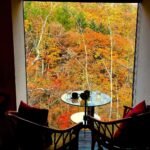
- 20 Hidden Gems in Nara You Shouldn’t Miss: Secret Spots Loved by Locals (2025)
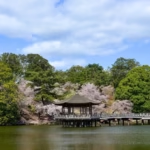
- Fukuoka’s Best-Kept Secrets: 10 Hidden Gems in Fukuoka Only Locals Know (2025)
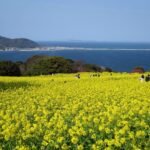
- Nagoya’s Best-Kept Secrets: 26 Hidden Gems in Nagoya Only Locals Know (2025)
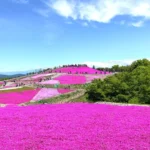
- 38 Best Things To Buy in Osaka: Unique Sweets, Snacks & Gifts You’ll Want to Bring Home (2025)

